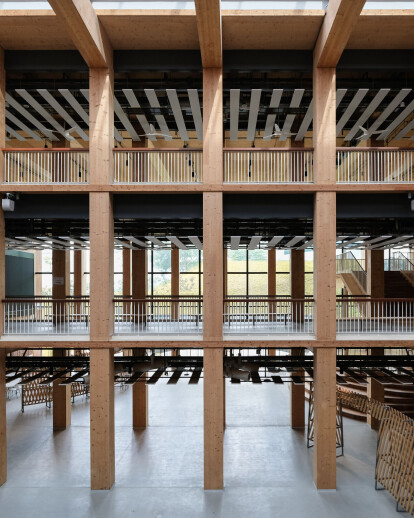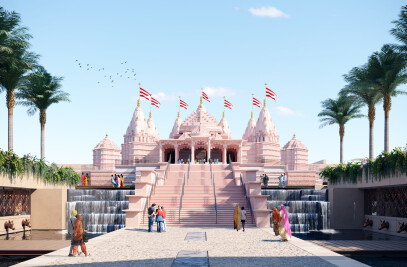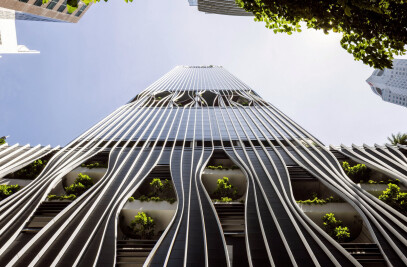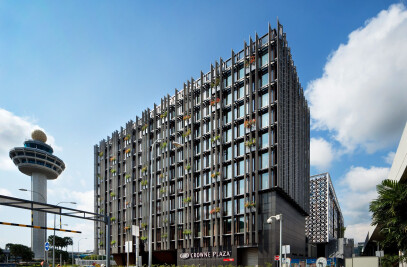Named after the Greek Earth Goddess, Gaia represents a bold marriage between Toyo Ito & Associates, Architects and RSP's excellence in design of education environments and sustainable architectural expertise. The 6-storey construction is the largest Mass Engineered Timber (MET) building in Asia. It has teaching spaces on the 1st to 3rd storey, research centre on the 4th storey, faculty offices on the 5th to 6th storey, and 1 basement in Nanyang Technological University (NTU) at 91 Nanyang Avenue. The building spans across 220 metres long with roughly 42,000 square metres. It has teaching spaces on the 1st to 3rd storey, a research centre on the 4th storey, faculty offices on the 5th to 6th storey, 1 basement and 1 single-storey ancillary block.
Formerly known as “NTU Academic Building South”, Gaia serves as a hub for learning, research, and innovation - a place where students and staff connect and collaborate. Gaia was officially opened to public on 17 May 2023. The purpose of constructing the new building was to cater to the school’s expected growth and continual improvement in research and teaching facilities. The building is dedicated to NTU’s Nanyang Business School, where business and research students, academic and administration staff will utilise the space daily. It was also to provide opportunities for the exploration of state-of-the-art facilities.
The vision for this project was to create a world-class large-scale timber building that inspires the human senses and stimulates learning. When the user walks into the building, the user will be greeted with a timber interior from floor to ceiling. Compared to conventional concrete buildings, the timber provides the warm touch which is impossible to achieve with a relatively colder concrete or steel. In line with the nation’s aim to go carbon free by 2050, firms will need to ensure that future buildings are sustainable and environmentally friendly. Plenty of energy-saving measures have been implemented for Gaia. One of which is the passive displacement ventilation system which is less energy intensive. Passive displacement ventilation system has been installed for most of the air-conditioned spaces, equipped with occupancy sensors, turning off air-conditioning when not in use. Photo-voltaic cells have been installed on all available roof spaces for generations of green energy and contributions back to the power grid.
Mass Engineered Timber (MET) is the biggest carbon-free component & renewable material used for Gaia with 78% of the constructed floor area constructed with MET. MET is an effective carbon sink and sustainable construction material. This is because growing trees absorb carbon dioxide (CO2) from the atmosphere and storing CO2 as carbon in the wood, leaves and other matter. Typically when a tree dies and decays, or is burnt, CO2 is released back into the atmosphere and adding to greenhouse gases, however, the wood stores carbon for life when it is used for construction thus help mitigate climate change. After harvesting the wood, the empty land can then be replanted with young trees to absorb more CO2. The MET was procured from renewable forests and prefabricated off site and assembled on site, saving construction time and manpower. This method of construction is also cleaner and more environmentally friendly as the dust, debris and noise that is typically generated during construction is contained within the prefabrication factory.
The use of MET as a construction material was relatively new in Singapore at the time of construction. It is imperative to specify the suitable type of timber, and ensure fire protection, moisture protection, termite protection and acoustic treatment needs are met. A highly renewable material, the use of MET contributes positively to the environmental sustainability. Furthermore, its high strength-to-weight ratio makes it easier to handle than steel and concrete. Aside from the MET component, Gaia is spread out along the North-South axis. The building can capture prevailing winds that enhances the cross ventilation within the building because of this, thus creating a comfortable and energy efficient environment. A deep coffered façade with horizontal and vertical fins was created, diffusing most of the direct westerly sun and reducing heat gain on the west and east façade.
Other energy-saving measures for Gaia includes the adoption of low shading coefficient glass and low thermal transmittance envelope material to minimise heat gain through façade, chiller plant with high efficiency of about 0.565kW/RT, areas with major water usage have private water meters connected to the building management system for leak detection, and Green Label Products with higher recycled content and lower carbon footprint are used extensively throughout the development. Because of all these features, Gaia has obtained the BCA Green Mark Platinum Zero Energy certification in 2021.
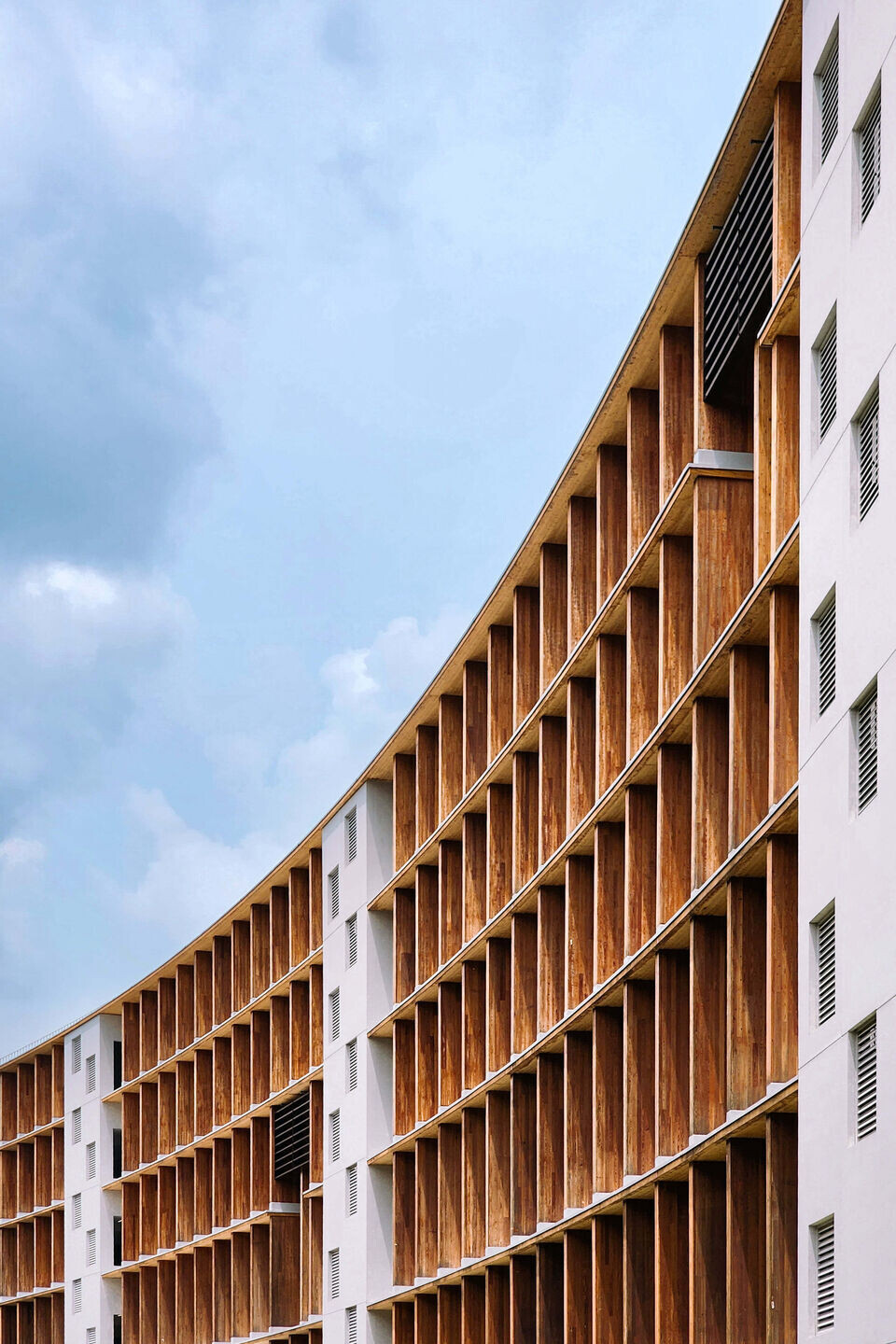
Team:
Client: Nanyang Technological University (Office of Development & Facilities Management)
Architect: Toyo Ito & Associates Architects, RSP Architects Planners & Engineers (Pte) Ltd
Photo credit: Madeni Jais

